Quiche, like many excellent baked goods, originates from the country of France. It is a pastry crust shaped like that of a pie sans the top, and is filled with a mixture of cream, egg, and various vegetables1.
While it is entirely possible to bake quiches in smaller quantities that can be consumed in one sitting, a common problem found when baking this delectable brunch food is its low shelf-life, expiring in mere hours if left unattended.
Yes, quiches can and should be frozen in order to preserve them. Due to the nature of poultry and dairy products, quiches tend to develop bacterial colonies extremely quickly, expiring as quickly as two hours when placed out of a temperature-controlled environment2.
This guideline recommends freezing your quiches ahead of time before baking them, as freezing an already cooked quiche will affect its taste and texture. Freezing will allow the quiche to retain its edibility for up to three months, so long as it remains within the freezer the entire time.
How Long Do Quiches Last in the Fridge Instead of the Freezer?
Quiches are complex mixtures of various quickly-spoiling foods, and as such, they are only truly edible as long as all these ingredients remain stable.
Should you choose to place a quiche within the fridge instead of the freezer, it will only last a total of three to four days owing to the dairy products within the quiche filling.
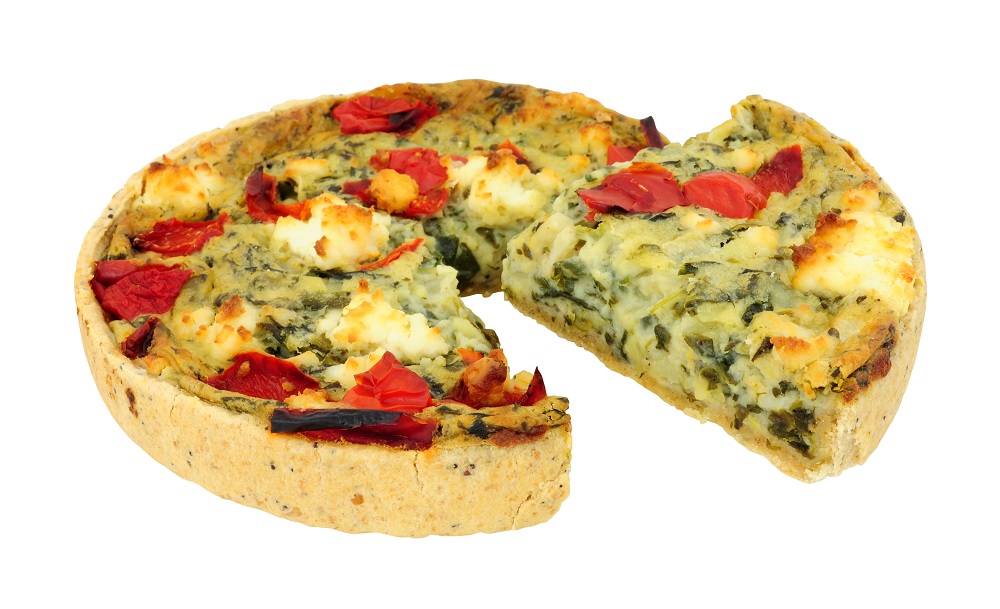
Equipment and Tools Needed
You will need only a few containers in order to properly store your quiche crust and filling.
Pie tins to place the pastry crust in, a resealable plastic bag, cling wrap or resealable plastic bags that are large enough to contain your pie tins, and a freezer with adequate space.
Is it Preferable to Make Multiple Smaller Quiches or a Larger one?
This is entirely an individual decision as it is possible to stack the pie tins atop one another, saving space in your freezer if it is not wide enough.
The filling will be placed in its entirety within a plastic bag, so choosing to make many or a single quiche will have no bearing on this part of preserving your quiche.
Do these Freezing Guidelines Apply to all Quiches – Vegan or otherwise?
While there are a multitude of ingredients used to replace the less vegan-friendly aspects of a quiche, most if not all will have similar shelf-lives to that of dairy and poultry products, especially tofu3.
These guidelines will ensure that your quiche – vegan or otherwise- will be preserved as long as possible until you wish to bake it.
How to Freeze a Quiche
Firstly, form the filling of your quiche with whatever desired ingredients and recipe you wish to follow. Ultimately, the recipe and extra ingredients added will have little bearing on the filling’s shelf-life.
Once fully formed, pour the homogenous filling into a resealable plastic bag. It is advisable to double up the plastic bags you are using, to prevent spillage in the event of a tear.
Ensure that there is a small amount of open space left in the bag in case of expansion of the filling, which may occur depending on the water content of your particular ingredients.
Place the bag in the freezer in such a way that it will not be crushed beneath anything, which may rupture the bag.
Mix and roll out the pastry dough and line the tin or tins with the pastry dough. If using cling wrap, press the plastic wrap as close as possible to the pastry dough so as to minimize oxidation of the sugars present in the pastry.
Otherwise, simply place the tin and the dough within your resealable plastic bag. Once sealed, place in the freezer.
How to Defrost a Quiche
To defrost your quiche before baking it, simply move the quiche filling to the fridge for several hours before filling the pie tin.
Place it in your oven at a low temperature of 135°F for ten minutes or until the filling has returned to its original state. Proceed with your recipe’s directions once thawed.
In the event that you have frozen the quiche with both the filling and pastry dough together, carefully remove the pie tin from beneath the quiche and place it on a microwave-safe vessel.
Microwave on defrost for three to four minutes. You may choose this method or the oven method interchangeably.
Things to Keep in Mind
Freezing the pastry dough for extended periods of time, or storing it with an excess amount of air, will reduce the flakiness of its texture. In an ideal environment, pastry dough may be frozen entirely on its own so long as it is wrapped in plastic.
If the ratio of your filling is more cream than egg, you may find that the cream will separate from the rest of the mixture if stored improperly. This is because of the differences in specific density of the ingredients, as well as the difficulty in maintaining a homogenous mixture between lipids and water-based ingredients4.
If your quiche develops an odd smell or the filling curdles while in the freezer, it is best to dispose of it immediately. This is doubly so for any visible mold or clear discoloration, though the cream separating from the filling will appear to be paler than the filling itself.
While the pie crust has a longer shelf life than that of the filling, if it was stored within the same air-space as the filling, it is advisable to dispose of the pastry dough as well, for bacterial colonies may have spread from the filling to the dough.
References
1. Pennsylvania Nutrition Education Program, Pennsylvania Nutrition Education Network, retrieved through myplate.gov
2. Unknown Author. (July 2019) How long can you keep hard cooked eggs? US Department of Agriculture https://ask.usda.gov/s/article/How-long-can-you-keep-hard-cooked-eggs#:~:text=Hard%20cooked%20eggs%20can%20be,for%20more%20than%20two%20hours.
3. Brandt, Jeanne. (January 2016) Should we eat expired tofu? Oregon State University https://extension.oregonstate.edu/ask-expert/featured/should-we-eat-expired-tofu
4. Ma Y, Barbano DM. (August 2000) Gravity separation of raw bovine milk: fat globule size distribution and fat content of milk fractions. J Dairy Sci. PMID: 10984147

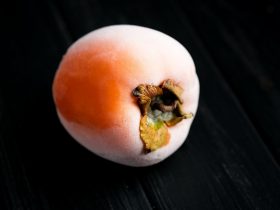
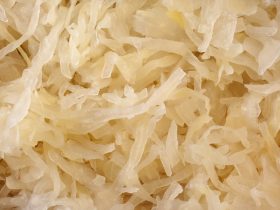
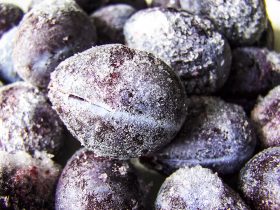
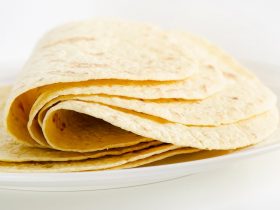
Hi, I'm Dom
Dom Eats was started to help other people fall in love with food. While cooking can feel intimidating, it doesn't have to be.